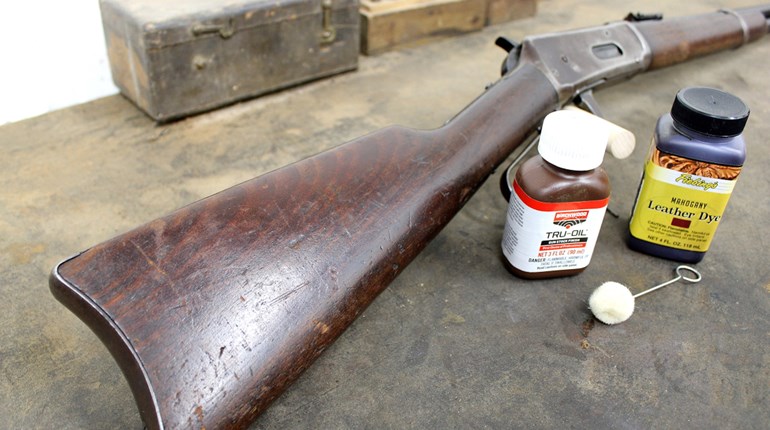
Since its founding in 1852, Smith & Wesson has been an iconic American brand, and its guns helped tame the American West, defended this nation in times of war, and have been cherished by generations of shooters, collectors and hunters. But the Smith & Wesson we know today, perhaps the entire firearms industry, would not be the same today were it not for Robert L. “Bob” Scott. It was the leadership and business acumen of Scott—the current Chairman of the Board of Smith & Wesson Brands—to see this company through its roughest patch.
A British company, Tompkins PLC, acquired the assets of Smith & Wesson in 1987. Ten years later, then CEO Ed Schultz caved into pressure from the Clinton administration and signed an agreement on sales and marketing practices—a gun-grabbers wish list. Among other onerous provisions, the “deal” prohibited anyone under the age of 18 from even entering a gun shop that carried Smith & Wessons.
The anti-gun restrictions Smith’s management had agreed to were not even close to acceptable to its customers—nor to Scott. Its British ownership had negotiated away rights reserved to the people. A massive, organic, boycott—consumers, dealers, distributors—ensued. The stock price fell to $ 0.19 a share. Sales plummeted, and hundreds of workers were laid off from the company.
Scott had been an executive with Berkeley & Co. and Tasco Sales before becoming an Smith & Wesson vice president from 1989 to 1999, and he was also president of Walther USA, a joint venture between Smith & Wesson and Walther. In 1999 he became a Smith & Wesson board member. He worked with Safe-T-Hammer to eventually purchase Smith & Wesson in 2001 for $15 million, far below the $112.5 million Tompkins had paid for it about a decade before. With new ownership, eventually consumers put the blame where it belonged—bad management, not the worker assembling N-Frames. They forgave Smith & Wesson as a brand, and that’s where Bob Scott as a member of the board of directors and, eventually as chairman, worked with in-house executives to bring Smith not only back from ruin but to its rightful, prominent place in the firearms business and American manufacturing.
Under his watch, many new and innovative, firearms—or even Smith & Wesson’s rendition of existing models—have continued to aid the company’s rise. In 2023, Smith & Wesson opened a new 240-acre facility in Maryville, TN, investing $125 million in the new assembly, logistics and an injection-molding facility. The massive state-of-the-art facility positions Smith & Wesson well into the future.
Outisde of Smith & Wesson, Scott has served as one of the top leaders in the entire firearms industry, and he continues to do so. Since 1999, he has been a board member for the National Shooting Sports Foundation (NSSF), as well as its treasurer and vice president. He is currently NSSF’s chairman, but he has also been a director of the Sporting Arms and Maunfacturers Institute (SAAMI), in addition to holding board positions with Primos Hunting and OPT Holdings
“If it were not for Bob Scott, there may not be a Smith & Wesson,” said NRA Executive Vice President and CEO Doug Hamlin. “Certainly not the thriving, healthy company of today. Thank you, Bob, for keeping this American tradition alive.”






































